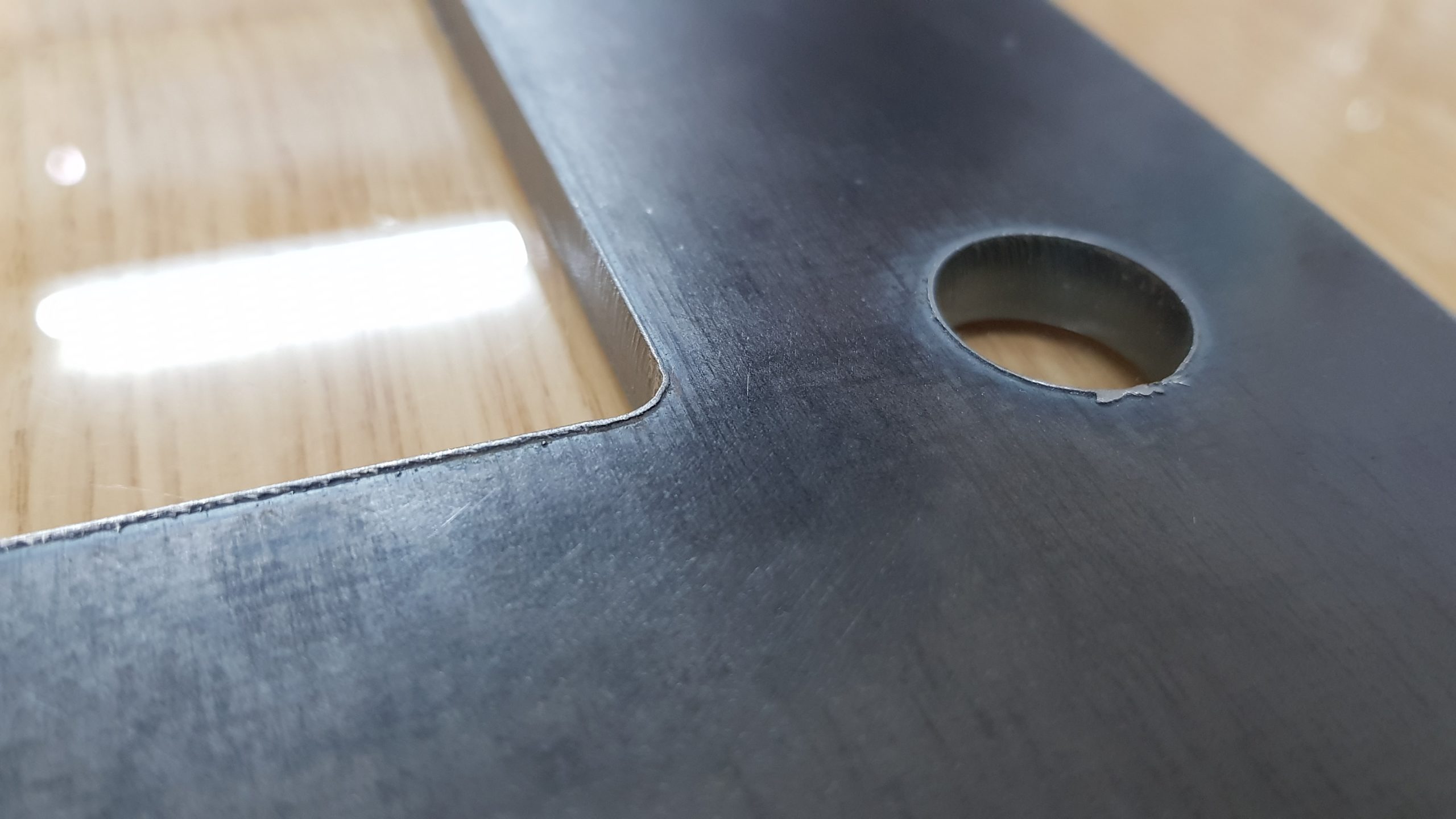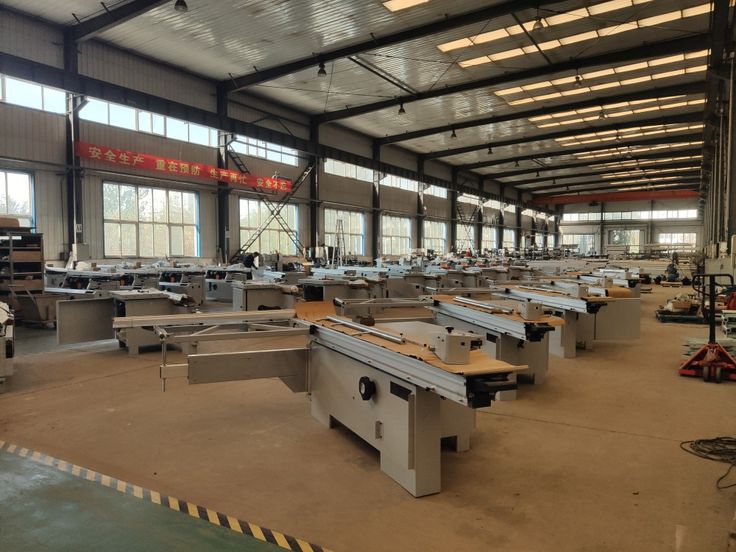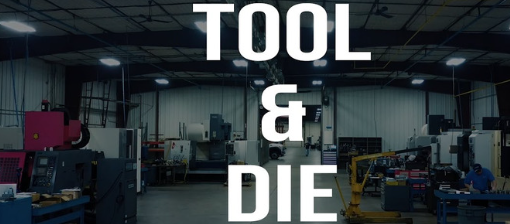
Burr Classification – Definition & Valgro Solution
Class #1 Micro Burr :
Definition :
Micro burrs can only be observed using magnification. To the unaided eye, they appear as sharp edges. Grinding operations are a common source of this type of burr.
How To remove
Deburr by Nylox Abrasive brush, Valgro Nonwoven abrasive roller brush, Deburring tool.
Class #2 Feather burrs
Definition :
Feather burrs are readily visible without magnification and are characterized by extremely thin roots. They can be removed with a tip of a pencil.
How To remove
Deburr by Nylox Abrasive brush, Valgro Nonwoven abrasive roller brush, Deburring tool.
Class #3 Attach burr
Definition :
Burrs in this group are well-attached but relatively small. Despite their size, significant mechanical energy must be applied to remove them.
How To remove
The Valgro brush can sometimes remove class 3 burrs but offend a stock removal operation such as grinding / Scalping is requiring for complete removal.
Class #4 Root burr :
Definition :
Like Class 3 burrs in this class are well- attached. The primary difference is size and root thickness.
How To remove
a stock removal operation such as grinding, Scalping, or machining is required for complete removal.
Class #5: Parent burr
Definition :
Class 5 burrs are exceptionally large with thick, rigid roots. Burrs in this class are different from conventional burrs because they are comprised of a displaced base material that is still fully- attached to the parent part.
How To remove
a stock removal operation such as grinding or machining is required for complete removal.
Please mail us for more detail suggestion






